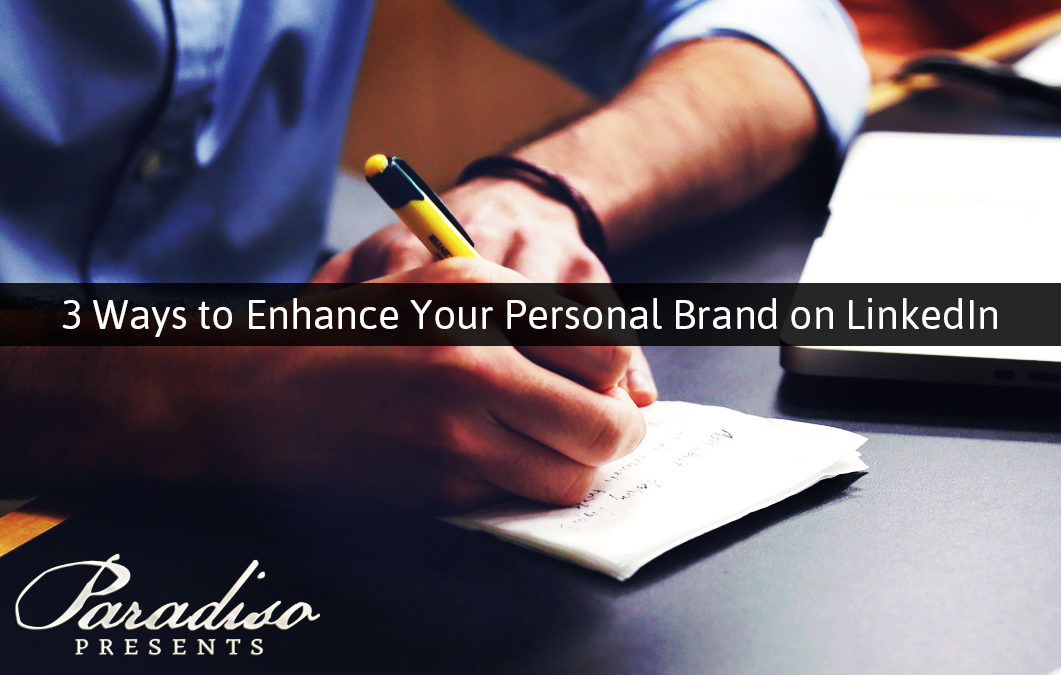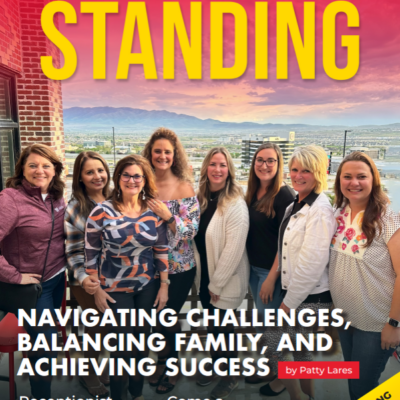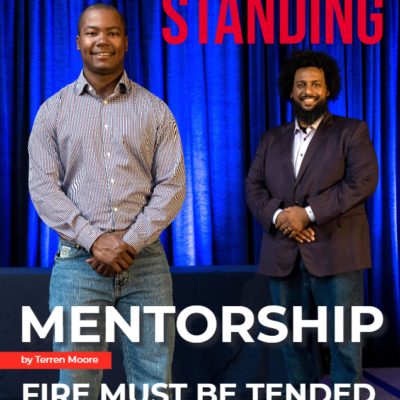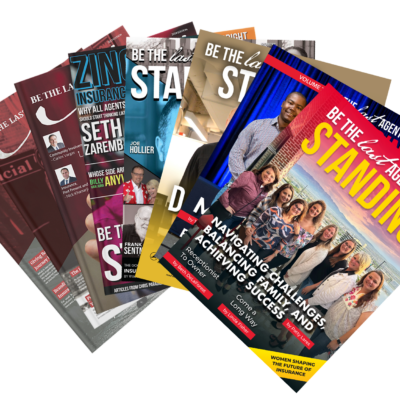LinkedIn, like any type of social network can seem fairly intuitive once you’ve completed your profile and begin interacting with other users. However, even if you have all of your entry fields filled out in great detail, it may not be enough to convey your personal brand. If your online identity lacks consistency, it may be time to take a look at how you can improve.
1. Get a Proper Profile Picture
I cannot stress this enough to insurance agents who come to learn at our marketing workshops. You need to put a picture on your LinkedIn profile. You can’t establish your personal brand online without it, nor can you build trust with clients, prospects, or other agents on the network. Plus, how will users know who you are if you lack a profile picture? A pictureless profile says you don’t value your image or can’t be bothered to put in the effort.
 You shouldn’t just use any picture, either. Your profile picture should be authentic, but also professional. Remember, LinkedIn is a professional network where you’ll be interacting with other professional people. So, if you don’t wear jeans and a t-shirt to the office, you probably shouldn’t be wearing it in your profile picture. You also shouldn’t use a photo of yourself from 10 years ago, chances are you’ve changed a little in that time, be honest and share the real you. Don’t deceive people with a false image.
You shouldn’t just use any picture, either. Your profile picture should be authentic, but also professional. Remember, LinkedIn is a professional network where you’ll be interacting with other professional people. So, if you don’t wear jeans and a t-shirt to the office, you probably shouldn’t be wearing it in your profile picture. You also shouldn’t use a photo of yourself from 10 years ago, chances are you’ve changed a little in that time, be honest and share the real you. Don’t deceive people with a false image.
2. Professional Formatting
Besides your profile picture, make sure the other sections of your profile are fine tuned as well. Essentially, your profile is a digital resume, so don’t skip sections or leave misspellings. It’s not professional to have a poorly written resume, and LinkedIn is no different.
You may think it’s just another social media network, but the core of LinkedIn revolves around professionals and business centered users. A lack of professionalism hurts your personal brand, and it can be difficult to restore that trust. Therefore, it’s important you carry the same career focused mindset online, as you do offline.
Even if you’re a seasoned LinkedIn user, there are still some mistakes I commonly see insurance agents make on their profiles:
No Header- a header is the background image you can add to the top of your profile, and it’s a great spot to showcase your personal brand. However, make sure your image is clear to read and fits correctly. The size of your image should be 1584 x 396 pixels and should be high resolution. Share a picture of your agency, logo, or anything else that is relevant to your personal brand. It should be unique like your brand, but also remain professional, so keep the picture of your family on your Facebook header instead.
Incorrect Name- your name (like anything else it’s on) needs to be spelled and formatted correctly, don’t add your skills, position, or other information that can be included elsewhere.
In fact, LinkedIn can actually blacklist your profile if you do this. Blacklisting means your profile becomes unsearchable because LinkedIn detects your profile as spam. Spam profiles on LinkedIn commonly have misspellings, grammatical errors, and strange formatting in the name section, so be sure to fill this out correctly the first time.
Irrelevant Headline- if you’re not familiar, a headline is a short little piece of information that is positioned right under your name. You won’t be allowed to put a lot here, but it’s great spot to tell your audience about the agency you own, insurance licenses, or specific roles you’re a part of. This is a part of your personal brand too because before a user even clicks on your profile, they’ll know what you do and who you are. Think of your headline as another piece of your personal brand online, because without it your audience may have trouble identifying you right away.
Weak Summary- the summary of your profile is another great place to let your personal brand shine. Don’t make it too personal, but it should showcase who you are and who your core audience is. Users want to understand who you are in a few seconds, so make it easy for them.
In fact, it’s recommended that the first 200 characters of your summary hold the most punch. This is because it’s the first thing users will see when they do visit your profile. Don’t make your audience search for simple information.
If you want users to understand your personal brand and take it seriously online, having these sections of your profile formatted correctly are key. They’re the first things seen (besides your picture) and can make or break someone’s interest to connect or reach out to you. Don’t ruin a relationship with a client because you didn’t take the time to enhance your image on LinkedIn.
3. Stay Active
LinkedIn is a place where you can showcase all of your talents and business accomplishments, but it’s also a social network. So, don’t keep your profile on standby once you’ve filled it out. Share interesting articles, like or comment on another agent’s publication, or endorse a skill on someone’s profile. Not only will this help increase the visibility of your profile (because you’re actively using it), but clients will be more willing to connect with you. You don’t have to be on LinkedIn every day, but taking a few minutes to share something related to your professional interests won’t hurt.

Additionally, you don’t just have to share content you’ve found online. Sharing your own blogs, publications, video, PowerPoint slides, etc. are great ways to keep your profile active. Plus, it’s a great way to get more engagement on content you normally share on other social networks.
So, if you’re looking to develop a familiar personal brand online and reinforce the reputation you hold with current clients, LinkedIn is the place to do it. The more effort you put into your personal brand online, the greater it will have a positive impact on your brand in the real world.





